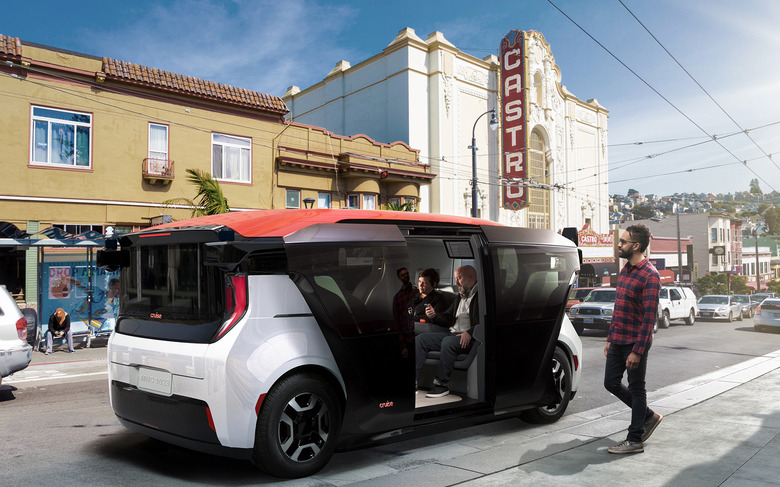Autonomous Car Safety Rules Get A Long-Overdue NHTSA Revamp
The rules for autonomous cars in the US are being updated, with the NHTSA announcing an overhaul that addresses driverless vehicles with no traditional controls, and AVs that aren't designed to carry people at all. Billed by the National Highway Traffic Safety Administration as an "historic step" that should help remove regulatory barriers to deploying autonomous vehicles, it also exempts some types of AV from certain crash-testing.
Part of the challenge for the changes has been nomenclature, since the original rules were written with a specific "driver's seat" in mind. That seat would have access to manual controls, but in an autonomous vehicle those controls would – either permanently or while the AV is in self-driving mode – not be present.
As a result, the NHTSA moved to consider all front seating positions as "front outboard passenger seats" and thus have to meet the requirements for that position. That includes the provision of advanced air bags, made more complex by the fact that a child – for which air bags are typically deactivated under the certain weight, for safety reasons – could be sitting in either front position. AVs will need sensors for that deactivation process, and individual indicator lights, or "telltales," which show the status of each position's airbag.

For autonomous vehicles not designed to carry human passengers, meanwhile – such as delivery pods – the rules are being changed too. Rather than force such vehicles to go through unnecessary crash testing, since they're currently classified as trucks, the rules will be modified so as to be more appropriate for the hardware that's actually installed. For example, autonomous delivery vehicles won't have to meet windshield glass test standards if they don't actually have glass panels.
Still, despite the changes, there's still more work ahead. For a start, the NHTSA says it focused on "conventional" seating arrangements in occupied autonomous vehicles: that is, forward-facing front seats. However "additional research is necessary to understand and address different safety risks posed by vehicles with unconventional seating arrangements," the agency says.
That's going to be important for a number of AVs we've seen announced over the past couple of years. Cruise's Origin, for example, has two banks of seating that face each other; Amazon-backed Zoox goes one step further, with its pod designed to drive just as fast in either direction, rather than having a fixed "front" to the AV.
Similarly, the way AVs should be equipped to accommodate the specific needs of riders with disabilities still needs investigation, the NHTSA says. That could include audible or haptic warnings about which safety systems are active.
